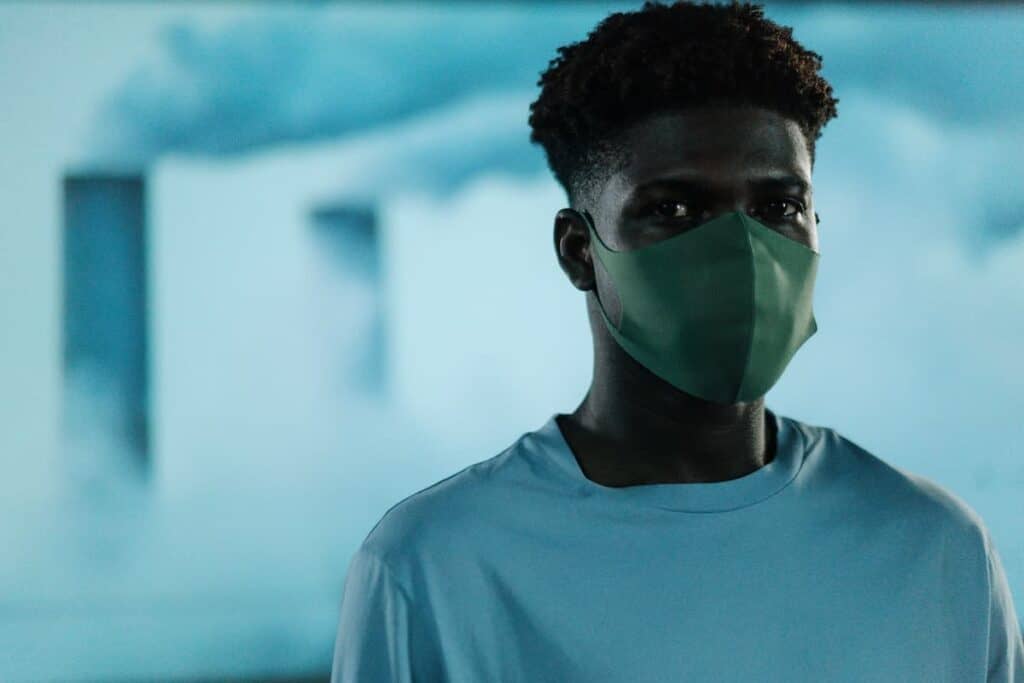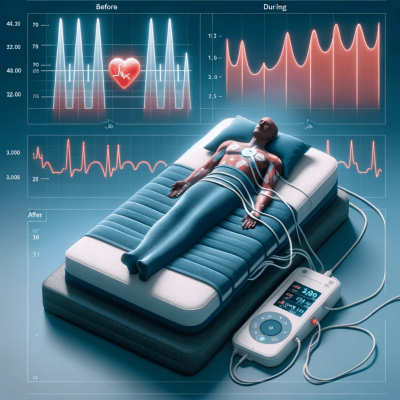In today?s news, at least 42 New Yorkers were forced into hospitals by outreach workers in December as part of Mayor Adams’ controversial new mental health initiative. On the other hand, more and more research points to the possibility that the air we breathe may have an impact on both our physical and mental health. Mindstrong, which had garnered $160 million from a who’s who of blue-chip investors and was overseen for a time by a former National Institute of Mental Health director, couldn’t make money providing low-cost, high-quality care.
Table of Contents
ToggleMayor Adams’ controversial mental health proposal resulted in 42 involuntary hospital transfers in December
Original Source: Mayor Adams? controversial mental health plan prompted at least 42 involuntary hospital transfers in December
As part of Mayor Adams’ controversial mental health plan, city outreach workers forced at least 42 New Yorkers into hospitals in December, administration officials revealed Monday.
At a City Council oversight meeting on the new program, senior NYPD, FDNY, and Department of Health officials revealed the statistic.
Adams announced in November that NYPD officers and outreach workers can bring “mentally sick” and “prone” to hurt themselves or others into hospitals for evaluation without consent. Mental health specialists and homeless advocates have criticized the command as unduly forceful and potentially legal.
Adams’ Office of Community Mental Health deputy director Jason Hansman told the Council that December’s involuntary hospital transfers were likely more than 42 because that statistic only covers a single outreach type.
The administration’s involuntary transfer data is “extremely fragmented and quite depending on the form of removal,” Hansman added.
Jamie Neckles, a senior Department of Health official, said social workers and other behavioral health experts on the city’s mobile crisis teams made the 42 reported transfers.
Neckles said the data selection will exclude NYPD transfers from the same time period. NYPD officials at the hearing acknowledged they had no data on officer transfers.
The administration didn’t disclose the 42 transfers’ locations.
Data shortages angered Democratic Council members at the hearing.
Queens Councilwoman Tiffany Caban, a progressive Democrat and former public defender, said, ?I am terribly, deeply concerned about the plan.? She worries it will lead to punitive ?sweeps? of homeless people.
City Public Advocate Jumaane Williams agreed and expressed concern that the proposal does not appear to include additional hospital resources to handle more patients. ?Even if they represent no risk to themselves or others,? he said, adding that NYPD police have a history of mistreating mental health patients.
Williams suggested it might be harmful and wasteful.
The NYPD’s Training Bureau chief, Juanita Holmes, promised a mental illness training program for cops.
She stated 87% of patrol officers have completed the 25-minute interactive lecture and video.
Adams defended his plan on NY1 before the Council meeting and highlighted that mental health specialists, not police, should implement it.
?This is a humane program that’s not being led by police officers, it’s being led by mental health professionals, and it’s not for anyone who’s dealing with a mental health issue, it’s an individual who has reached a level that they cannot take care of their basic needs and they’re in danger to themselves,? he said. ?It’s right and humane.?
Air Pollution Linked to Anxiety or Depression
Original source: Exposure to air pollution increases risk for anxiety or depression. What can you do?
Air quality may impair emotional and physical health, according to mounting data.
For decades, vehicle, industrial, and wildfire pollution has caused lung and heart problems. On bad air days, deaths are greater.
However, those same particles can enter our brains and increase stress hormones and inflammation, which can lead to dementia and mental health issues.
Short-term exposure to severe air pollution has been connected to depression and anxiety outpatient visits and hospitalizations.
Last week’s research links these situations to years of low-level pollution.
Marc Weisskopf, an epidemiologist at Harvard T.H. Chan School of Public Health who was not involved in the new study but has conducted similar investigations, said pollution is “appearing more and more like a contributing element” to mental health issues.
Study findings
JAMA Psychiatry investigated health data from over 400,000 UK people, predominantly white. It integrated medical, lifestyle, and air pollution data with where they lived at the outset of the decade-long study.
Air pollution exposures then divided participants into four groups.
Air pollution was linked to depression and anxiety.
Air pollution increased risk unevenly. Instead, the second-highest exposure group experienced the most increase in both conditions?about 15%.
Small particle pollution affected men more than women. One study indicated that diesel exhaust exposure causes neuroinflammation in male mice more than female mice.
What kind of a negative effect on mental health could air pollution have?
Air pollution’s mental health effects are unclear. It hasn’t caused as much depression and anxiety as the coronavirus pandemic.
Dr. Joseph Hayes, a psychiatrist and associate professor at University College London, said, “you’re talking about quite a big increase” across a population.
Contextualizing the study
Air pollution’s mental health consequences can’t be perfectly studied. Researchers can’t expose one group to air pollution to discover if it causes more mental health issues.
Hayes suggested that urban life or green space, not air pollution, may affect mental health.
Many research have linked air quality to mental health, making the link more credible. “These studies agree,” he stated.
Hayes used the phone app juli to detect air pollution and correlate it with mood swings. Air pollution worsened depressive symptoms in one unpublished study.
Another U.S. study examined how pollution affects decision-making. Exposure reduced self-interested decisions.
Yale University health economist Xi Chen examines the mental health effects of pollution in developing countries like India and China, where air quality is far worse than in the U.S. He observed that high pollution levels decrease short-term enjoyment and increase despair.
Chen was astonished that the British study found mental health changes with such low pollution.
“A lesser dose over a longer time period can nonetheless influence mental health. That’s the point, “said.
Avoiding pollution
Pollution exposure can be reduced by:
Cars increase risk. Financially, Hayes moved out of London. Because of London’s busiest road, he avoids biking to work. “It’s the worst pollution you can have,” he remarked. “Certainly, avoiding places where cars idle is a wise thing to do,” Weisskopf said of running in a park.
Air-filter indoors. Weisskopf advised using high-quality HVAC filters and maintaining apartment and office air handling systems.
Consider EVs. Electric automobiles are reducing pollution. Asthma-related emergency visits dropped 3.2% for every 20 electric vehicles per 1,000 persons, according to a USC Keck School of Medicine study.
Many cannot afford these individual measures. Experts said increasing air quality requires public policy.
“It’s the kind of thing at the population level that truly warrants regulatory intervention,” Weisskopf said.
Mindstrong’s fall and mental health care’s future
Original source: Mindstrong?s demise and the future of mental health care
In the midst of a mental health crisis, one of the brightest mental health businesses abruptly announced its closure last week. Mindstrong, which had collected $160 million from blue-chip investors and was run by a former National Institute of Mental Health director, couldn’t make money providing low-cost, high-quality services.
Mindstrong, a high-tech biomarker firm that used artificial intelligence and passive sensors to measure mental health symptoms, switched to app-based mental health services. The company observed that Americans value mental health until they have to pay for it.
Motivational interviewing is used by psychiatrists and other mental health professionals to modify behavior. This strategy highlights the contrast between what people claim they desire and what their actions show about their priorities. We assist people align their goals and habits by highlighting this gap.
If I could do motivational interviews with federal government and health care executives, I may question why, when they finally talk about mental health, do their actions suggest they don’t care as much as they say they do? Why did Mindstrong, with every structural advantage, decide it couldn’t make money delivering a service people want?
First, people have depended too long on magical thinking about technology and mental health. Even in psychiatry, apps, AI, chatbots, and telehealth can improve health care. I help researchers get access to massive clinical datasets to construct artificial intelligence at Massachusetts General Hospital. Like pilots in self-flying planes, psychiatrists, psychologists, and other clinicians are needed to give care.
Technology may be discussed because money is uncomfortable. Payers might starve mental health services like primary care due to a complicated coding system that favors procedures and specialist treatment. When I led clinical services in a mood disorder treatment program, insurance companies reimbursed us for treatment but not for a receptionist or care management services for many patients. My clinical leadership advised me to seek a grant for increased resources.
Mental health treatments are underfunded due to the health care industry’s profit-driven culture, even in nonprofit systems. No one doubts the need for these services, yet losing money on every patient makes it impossible to make up in volume. Even nationally renowned mental health systems outsource their employees’ care to a tech-enabled virtual mental health provider, promoting coaching and mindfulness over psychiatric care to cut expenses.
Government and non-government medical officials must face reimbursement reality as well as technology wizardry. The future director of the National Institute of Mental Health should be a clinician-scientist, not a bench scientist, and a loud advocate for payment reform. The U.S. Surgeon General’s intelligent and comprehensive report on child mental health care deserves credit, but implementing it amid strong lobbying headwinds is challenging and doesn’t make headlines. Americans will receive poor mental health care as long as insurance are allowed to pay poorly.
Ironically, addressing anxiety and depression lowers the cost of almost every chronic illness. Payers, who wisely calculate that those savings may build over years, want to avoid paying now and get someone else to pay afterwards. (If this seems familiar, it took numerous rounds of federal legislation to get insurers to cover smoking cessation, which has a similar cost-effectiveness profile as treating mental health illnesses.)
I hope some new companies replace Mindstrong. Mental health requires new ideas. As someone who develops these technologies and treats people with these conditions, I can tell you that technology can improve mental health treatment but not replace it. Care costs what it costs.
Summary of today?s mental health news
Overall, Mayor Adams’ controversial mental health policy forced 42 New Yorkers into hospitals in December. Adams announced in November that NYPD officers and outreach workers can bring “mentally sick” and “prone” to hurt themselves or others into hospitals for evaluation without consent. Mental health specialists and homeless advocates have criticized the command as unduly forceful and potentially legal. Adams defended his plan on NY1 before the Council meeting and highlighted that mental health specialists, not police, should implement it.
Meanwhile, short-term exposure to severe air pollution has been connected to depression and anxiety outpatient visits and hospitalizations. JAMA Psychiatry investigated health data from over 400,000 UK people, predominantly white. Air pollution was linked to depression and anxiety. Air pollution increased risk unevenly. Instead, the second-highest exposure group experienced the most increase in both conditions?about 15%. Small particle pollution affected men more than women.
Finally, Mindstrong, which had garnered $160 million from a who’s who of blue-chip investors and was overseen for a time by a former National Institute of Mental Health director, couldn’t make money providing low-cost, high-quality care. Mindstrong began as a high-tech biomarker startup using AI and passive sensors to measure mental health symptoms, but it later switched to app-based mental health therapy. At that point, the company found a fundamental truth of the U.S. health system: Americans regard mental health highly until they have to pay for it.








